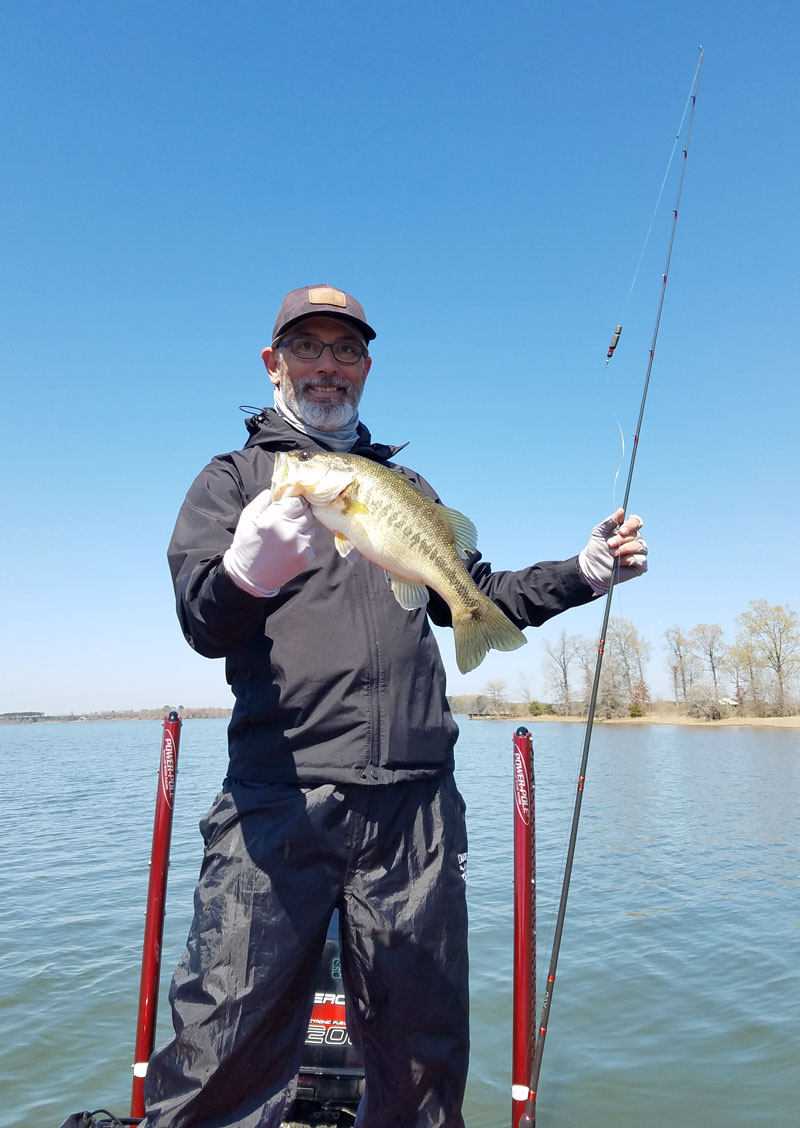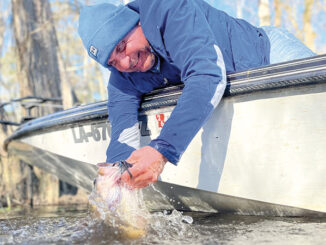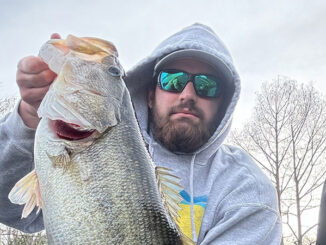
I’m even more optimistic about the start of 2023, bass fishing-wise, after some positive developments in December at Toledo Bend.
The lake’s pool level is on the way up, finally, and hydrilla is coming back in many areas. The combination bodes well for January, to be sure, as well as February and March.
The first day of December, Toledo Bend was at 167.94 and rising after some heavy rains in late November. It should keep heading up with every winter rain.
That’s great news as we anticipate those rains associated with cold fronts. It’s definitely an improvement after being in the low 167s most of late summer and throughout fall. A full lake is a good lake.
That hydrilla is showing up big time is a godsend after so many years without grass. Housen Bay and Six Mile Creek are covered with it. Book it: Bass will be grass-oriented from here on out. Make that a focus when looking for largemouths.
Migrating time
January’s the time of year these fish start to migrate a little and biologically get ready to spawn. Target the back end of creeks, shotgun pockets, ditches, and try to focus on the sunny area if possible, particularly up north. That’s where it warms first.
Two artificial lures will be my go-to baits in January. It’ll be just like old times with the hydrilla coming into play again.
Basically, to catch bass, it’s ’Trap time. More bass club tournaments and other tournaments have been won on a ¾-ounce Rat-L-Trap this time of year than any other bait at Toledo Bend. Take note: ¾-ounce Rat-L-Traps and lipless crankbaits usually trigger bigger bass to bite while ½-ounce models are known for getting numbers of bass in the boat. Quality vs. quantity. Most bass tournament anglers choose ¾-ounce. But either way, it’s a key to great success.
The color scheme is simple — crawfish patterns in any number of reds, browns and, even, golds.
If bass aren’t chasing Rat-L-Traps, the next artificial lure I’ll reach for is a gold/orange Smithwick Suspending Rogue. With grass back in the lake, it’s going to be even more productive. In post-cold front situations, get the Rogue down to 2 feet and park it. Lures may come and go, but this one has been producing for too long to even remember.
Cold water bait
Don’t shy away from 50-degree water temperatures. Don’t let that freak you out. The Rogue’s at its best as a stop-and-go bait in cold water.
Aside from the moving baits, Senko-type soft plastics rigged wacky style for a finesse approach are most productive in January. A wacky worm is the next thing that needs to be on deck, especially with the grass coming back like it is. It’s a great change of pace for midday hours.
The key is to fish it slow. If you don’t get bit, back off and fish slower.
During extra cold days when the bite is slow, rig a Senko-style soft plastic — either watermelon/red, green pumpkin/red or South African special with the tip of the tail touched with chartreuse dye — on a Neko Rig. Use a 3/0 Gamakatsu Finesse WG Weedless Hook.
Those same colors are effective for Zoom Super Flukes, as well.
I’ve been guiding on this lake for most of my life and you’re welcome in my boat. Give me a call at (936) 404-2688.


